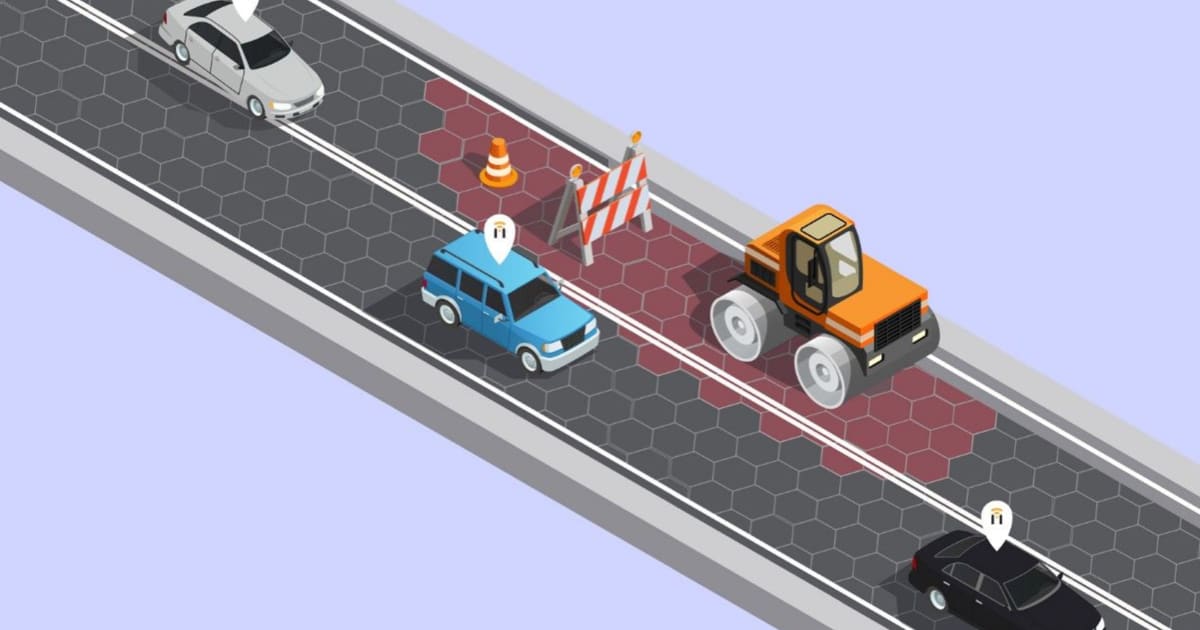Heads up! Something new is coming for Nexar drivers

Ringing phones, crying toddlers, reckless drivers…no matter how many times you’ve driven the same route in your life, you have to expect the unexpected.
At Nexar, we’re always looking for new ways to keep you informed about what’s on the road ahead for a safer, smoother journey. When drivers pair Nexar-enabled dash cams with the Nexar app, they join a connected vehicle network that uses computer vision and sensor fusion to spot hazards on the road, alerting them and others in the area.
This year, in regions where we have enough drivers on the road, we’re rolling out new alerts. And today, we’re excited to announce one of them.
Introducing…drumroll please…lane blocked alerts.
In 2017, 799 people in the United States lost their lives in work zone-related incidents on the road. Most of them were drivers and passengers. That number was up 2% from 2016. At Nexar, we’re looking to reverse that trend.
Using AI models and computer vision, we’re able to analyze data from Nexar-powered dash cams to find construction zones on the road ahead, and spot whether any lanes are blocked. Nexar users will get a heads-up about 500 feet before they reach a blocked lane so that drivers can take action. These alerts are automatic, with no action needed from the driver, ensuring a safe and hands-free ride.
Nexar drivers in New York, New Jersey, Nevada, California, Illinois, and Connecticut will see these alerts starting today. Over 20,000 of these alerts have been sent to our beta testers. 9 in 10 say they want to see more.
As we grow, we’ll automatically unlock this feature for more of our network. If you’re a Nexar driver and you don’t see these alerts yet, we need your help! Invite your friends and family to join by sending them here.
We’ve got much more up our sleeves this year when it comes to delivering benefits to the Nexar network. This is just the beginning.
PS — A quick note on privacy. All of the data that we use for these alerts is anonymous and aggregated. Meaning we’ll never be able to tell the identity of the driver. Any people or license plates that are in roadway images are automatically blurred.


